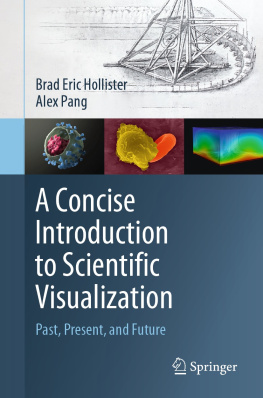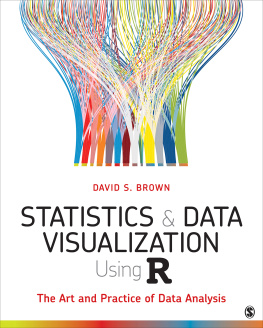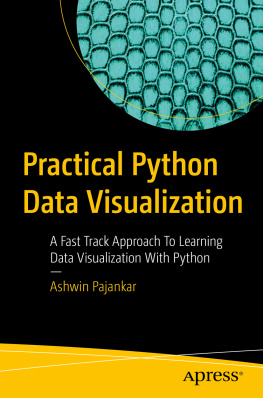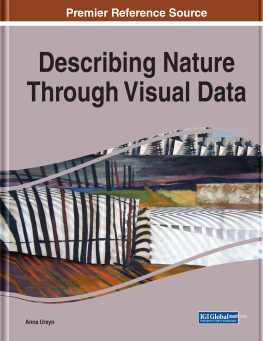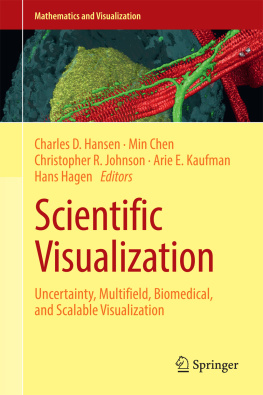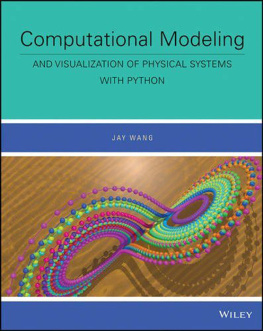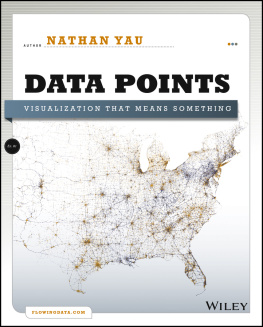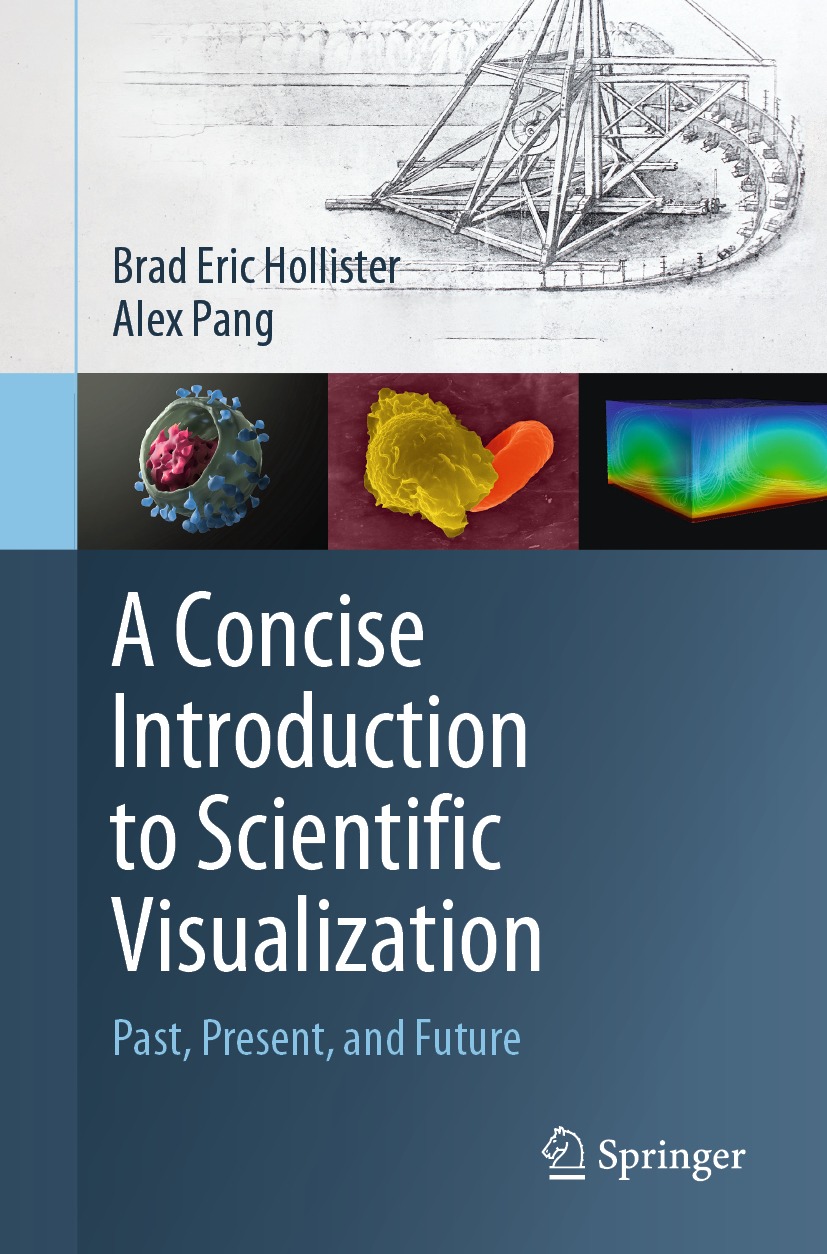Brad Eric Hollister - A Concise Introduction to Scientific Visualization: Past, Present, and Future
Here you can read online Brad Eric Hollister - A Concise Introduction to Scientific Visualization: Past, Present, and Future full text of the book (entire story) in english for free. Download pdf and epub, get meaning, cover and reviews about this ebook. year: 2022, publisher: Springer, genre: Romance novel. Description of the work, (preface) as well as reviews are available. Best literature library LitArk.com created for fans of good reading and offers a wide selection of genres:
Romance novel
Science fiction
Adventure
Detective
Science
History
Home and family
Prose
Art
Politics
Computer
Non-fiction
Religion
Business
Children
Humor
Choose a favorite category and find really read worthwhile books. Enjoy immersion in the world of imagination, feel the emotions of the characters or learn something new for yourself, make an fascinating discovery.
- Book:A Concise Introduction to Scientific Visualization: Past, Present, and Future
- Author:
- Publisher:Springer
- Genre:
- Year:2022
- Rating:5 / 5
- Favourites:Add to favourites
- Your mark:
A Concise Introduction to Scientific Visualization: Past, Present, and Future: summary, description and annotation
We offer to read an annotation, description, summary or preface (depends on what the author of the book "A Concise Introduction to Scientific Visualization: Past, Present, and Future" wrote himself). If you haven't found the necessary information about the book — write in the comments, we will try to find it.
Scientific visualization has always been an integral part of discovery, starting first with simplified drawings of the pre-Enlightenment and progressing to present day. Mathematical formalism often supersedes visual methods, but their use is at the core of the mental process. As historical examples, a spatial description of flow led to electromagnetic theory, and without visualization of crystals, structural chemistry would not exist. With the advent of computer graphics technology, visualization has become a driving force in modern computing. A Concise Introduction to Scientific Visualization Past, Present, and Future serves as a primer to visualization without assuming prior knowledge. It discusses both the history of visualization in scientific endeavour, and how scientific visualization is currently shaping the progress of science as a multi-disciplinary domain.
Brad Eric Hollister: author's other books
Who wrote A Concise Introduction to Scientific Visualization: Past, Present, and Future? Find out the surname, the name of the author of the book and a list of all author's works by series.

